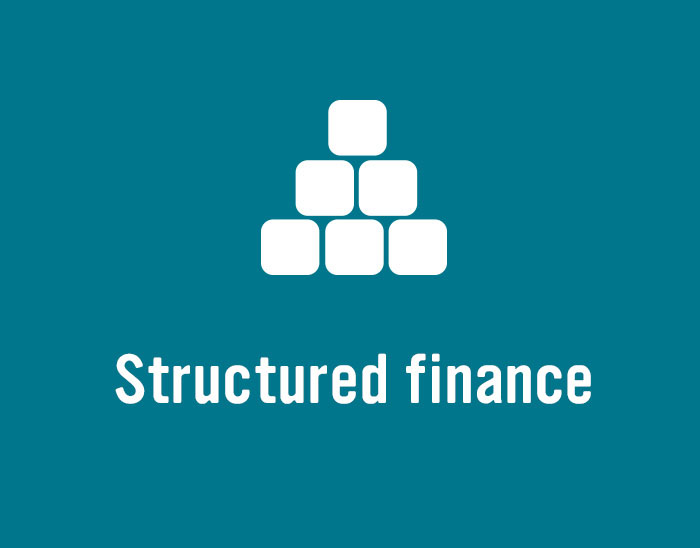
News

The latest draft version of APS 120, the Australian Prudential Regulation Authority (APRA) rules governing securitisation, offers securitisers more user-friendly oversight than that set out in previous iterations of the standard. Significant moves include a potentially lighter-touch warehouse regime, the removal of a range of restrictions which many believed would block the development of master trusts in Australia, and the end of proposed 'skin in the game' requirements.

Intel Corporation (Intel) (A+/A1/A+) priced its debut Kangaroo deal late in the Australian day on November 24. The deal includes fixed-rate tranches of four- and seven-year maturity but did not print the four-year floating-rate notes which were sounded. It follows a series of calls with Australian investors which began on November 18.

Wayne Byres, chairman of the Australian Prudential Regulation Authority (APRA), used a November 5 speech to highlight the process of ensuring Australian banks are "unquestionably strong" as a key focus for 2016. However, Byres also gave a nod to recent capital-raising efforts when acknowledging local banks' solid starting place for next year's dialogue.

After selling zero volume in its latest auction of residential mortgage-backed securities (RMBS), the Australian Office of Financial Management (AOFM) revealed on November 5 that the auctions scheduled for November and December 2015 would not proceed and that no auction will be held in January next year.

Westpac Banking Corporation (Westpac)'s annual results for the year ending September 30 2015, published on November 2, maintain the recent trend for Australian major banks' common-equity tier-one (CET1) capital ratios to fall into a very narrow band. Westpac reported CET1 of 9.5 per cent at the end of its financial year.

ANZ Banking Group (ANZ) published its results for the year ending September 30 2015 on October 29. The bank disclosed a common-equity tier-one (CET1) ratio of 9.6 per cent, and also highlighted its claim to have a stronger capital position than a range of global peer banks on a like-for-like basis.

Annual results released on October 28 by National Australia Bank (NAB) highlight the impact of the bank's A$5.5 billion (US$4.0 billion) equity raising in May. NAB also expects to add approximately 50 basis points more to a common-equity tier-one (CET1) ratio which had reached 10.2 per cent by the end of September this year, ahead of events which will reduce the position significantly.

The Australian government delivered its response to the financial-system inquiry (FSI) on October 20, accepting virtually all the inquiry's recommendations – including all those relevant to debt markets. The response offers a ringing endorsement of the Australian Prudential Regulation Authority (APRA)'s path on bank capital requirements and lays out an agenda for provision of retirement income within the superannuation system.

Local and offshore demand for Australian and New Zealand high-grade issuance has not been tempered by global volatility, according to the issuers of A$6.5 billion (US$4.7 billion) equivalent in a trio of deals. The local government and semi-government issuers say the transactions afforded up-to-date insights into investor views on Australia and its links to China.

Commonwealth Bank of Australia (CommBank) found an accommodative launch window for its first three-year domestic deal in three years against a backdrop of global volatility. Accessing the local market provided a pricing advantage, the issuer adds, thanks to a clear differential between local and offshore new-issue concessions.

Just two non-financial corporate transactions priced in the Australian market between Apple's jumbo Kangaroo deal on August 21 and the start of the second week of October – and KangaNews understands the pipeline to be thin. Nearly always bullish on issuance prospects, even intermediaries accept full-year volume is likely to fall short.

While the October rates decision from the Reserve Bank of Australia (RBA) – a hold, at 2.00 per cent – surprised few in the analyst community, some suggest the reserve bank's tone is notably less dovish than expected. The consensus is for a prolonged period of on-hold rates rather than further cuts in the near future.
